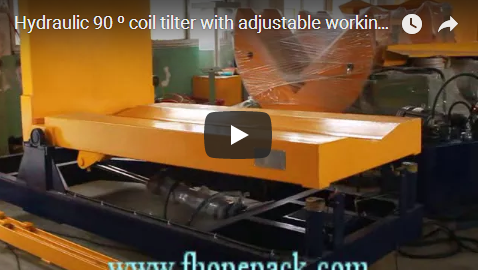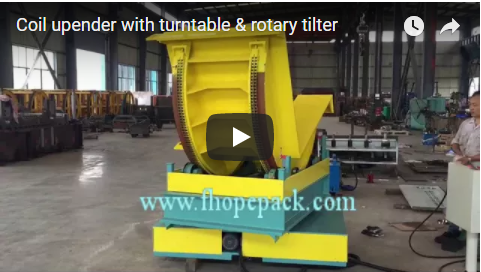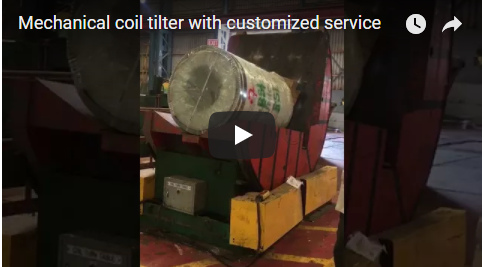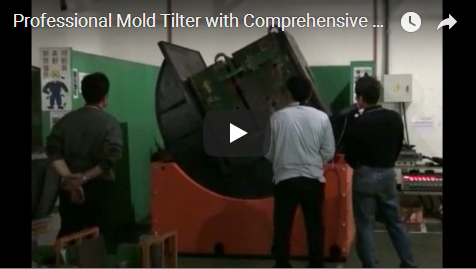Optimizing Mold Maintenance: The Role of Industrial Rotator and Flipping Tables
In high-output manufacturing environments, particularly those involving injection molding, die casting, or stamping, the condition of molds and dies is paramount. Efficient and safe maintenance routines are critical not only for ensuring final product quality but also for maximizing operational uptime and protecting valuable tooling assets. However, the sheer size and weight of many industrial molds present significant logistical and safety challenges during maintenance. Addressing these challenges requires specialized handling equipment, among which the mold maintenance rotator and flipping table stands out as a vital tool.
The Challenge: Manual Mold Handling Risks and Inefficiencies
Traditionally, handling large molds for cleaning, inspection, repair, or component replacement involves cranes, forklifts, and manual maneuvering. This approach carries inherent risks:
- Operator Safety: Manual or semi-manual manipulation increases the risk of musculoskeletal injuries (strains, sprains) and severe accidents like crushing or pinching, as highlighted by OSHA guidelines concerning heavy material handling.
- Mold Damage: Accidental drops, impacts, or improper positioning during lifting and turning can cause costly damage to precision mold surfaces, cores, cavities, or alignment features.
- Maintenance Inefficiency: Maneuvering heavy molds manually or with general-purpose lifting equipment is often slow, cumbersome, and may not provide optimal access to all mold surfaces, potentially leading to incomplete maintenance and extended downtime. Industry studies often correlate inefficient mold changeover and maintenance procedures with reduced Overall Equipment Effectiveness (OEE).
Introducing the Mold Maintenance Rotator & Flipper: A Specialized Solution
The mold maintain rotator and flipping table is specifically engineered to address the complexities of handling heavy molds safely and efficiently. This equipment provides a stable platform that can securely clamp a mold half or assembly and then rotate or flip it (typically 90 or 180 degrees) around a horizontal axis. This controlled movement allows maintenance personnel easy, ergonomic access to all faces and internal components of the mold without resorting to hazardous manual methods or makeshift rigging.
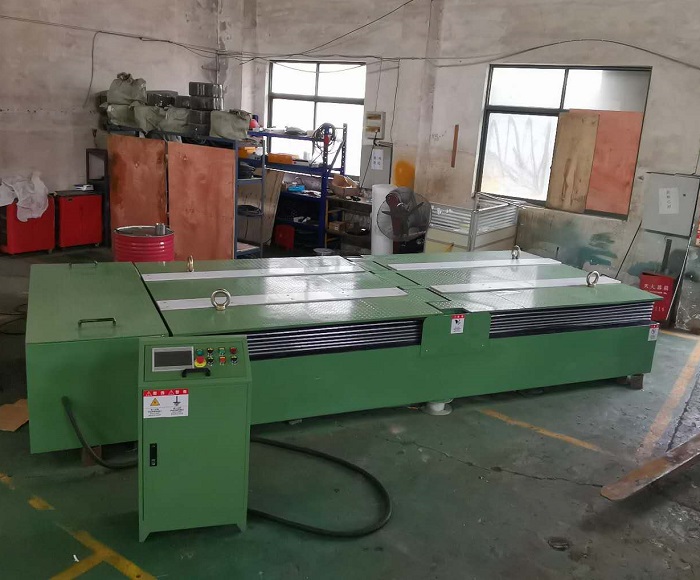
Core Operational Principles & Mechanisms
Leveraging principles often detailed in material handling equipment patents (e.g., within U.S. Patent Class B66F focusing on lifting and hoisting), these systems typically employ robust drive mechanisms:
- Drive Systems: Commonly utilize hydraulic cylinders or electro-mechanical screw drives for powerful, smooth, and controlled rotation. Hydraulic systems offer high load capacity, while screw drives can provide precise positioning.
- Clamping: Secure hydraulic or manual clamping systems ensure the mold is firmly held during rotation, preventing slippage.
- Control Systems: User-friendly controls, often via pendant or fixed panel, allow operators to manage the rotation safely. Advanced systems may integrate PLC controls for programmable sequences or integration with facility automation.
- Safety Interlocks: Patented or proprietary locking mechanisms are critical, ensuring the table remains fixed in position during maintenance operations and preventing unintentional movement.
Key Benefits and Return on Investment (ROI)
Implementing dedicated mold rotators and flippers yields significant advantages:
- Enhanced Operator Safety: Drastically reduces the risks associated with manual handling of heavy, awkward loads, contributing to a safer work environment and potentially lowering workers' compensation claims. Ergonomic studies frequently highlight the reduction in musculoskeletal disorder risks when such specialized equipment is used.
- Increased Maintenance Efficiency: Provides rapid, unobstructed access to all mold areas, significantly cutting down maintenance time compared to traditional methods. This translates directly to reduced machine downtime and increased production capacity.
- Protection of Valuable Assets: Minimizes the risk of accidental damage to expensive molds during handling, extending their operational lifespan and preserving the integrity of critical tooling.
- Improved Maintenance Quality: Enables more thorough cleaning, inspection, and repair by making all surfaces easily accessible, leading to better preventative maintenance and consistent part quality.
- Predictable ROI: While representing an initial investment, the combined savings from reduced downtime, prevention of mold damage, improved safety, and enhanced worker productivity typically result in a favorable and quantifiable return on investment.
Technical Specifications & Considerations
When selecting a mold rotator and flipping table, key parameters include:
- Load Capacity: Must safely exceed the weight of the heaviest molds to be handled. (e.g., 1 Ton, 5 Ton, 10 Ton, up to 50 Ton or more).
- Table Size & Dimensions: Needs to accommodate the footprint of the molds used.
- Rotation Angle: Typically 90° or 180°, though custom angles may be available.
- Drive Type: Hydraulic or Electro-mechanical.
- Power Requirements: Voltage, phase, and power consumption.
- Control Interface: Push-button pendant, control panel, potential for automation integration.
- Safety Features: Emergency stops, overload protection, locking systems, guarding.
- Footprint and Installation Requirements: Space needed within the maintenance area.
Industry Applications
Mold rotators and flipping tables are indispensable in various sectors, including:
- Automotive Manufacturing (engine blocks, body panels, interior components)
- Aerospace Industry
- Plastics Injection Molding (consumer goods, medical devices, containers)
- Die Casting Operations
- Rubber Molding
- Stamping Die Maintenance
Commitment to Safety and Quality
Modern mold handling equipment incorporates essential safety features designed to meet or exceed industry standards (e.g., CE marking requirements in Europe, OSHA considerations in the US). Features like robust locking pins, hydraulic velocity fuses, emergency stop circuits, and optional light curtains or physical guarding contribute to safe operation.
FHOPE, a manufacturer specializing in mold handling solutions like the rotator and flipping table, also brings expertise in related industrial packaging solutions. We partner with customers in close collaboration to develop optimized material handling and protection strategies.
Investing in a dedicated mold maintain rotator and flipping table is a strategic decision for any facility serious about optimizing its mold maintenance processes. It enhances safety, boosts efficiency, protects valuable assets, and ultimately contributes to higher quality production and a stronger bottom line.
For more detailed specifications on equipment such as the mold maintain rotator and flipping table, explore available solutions.


